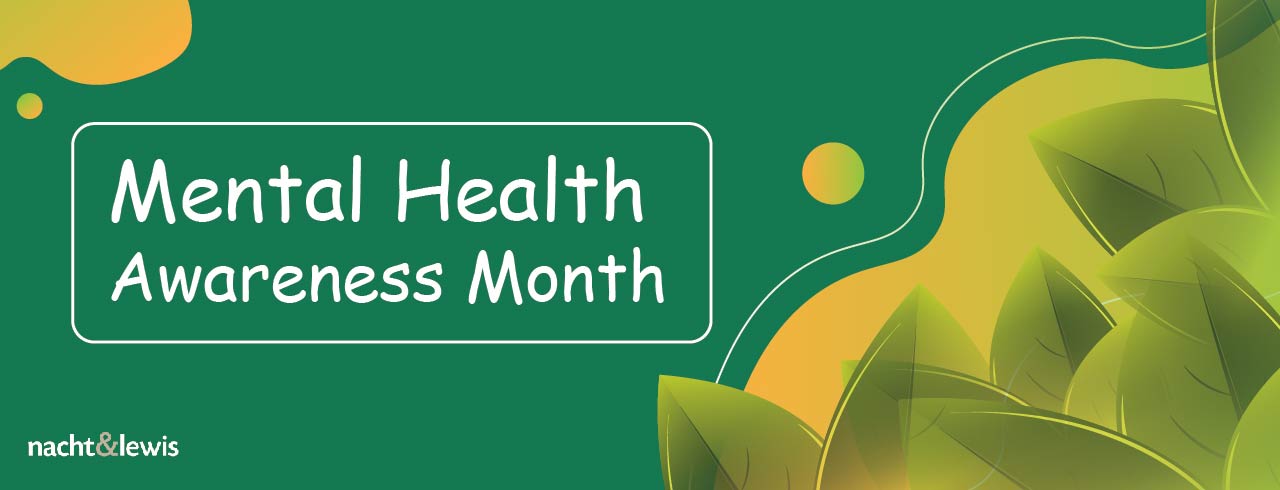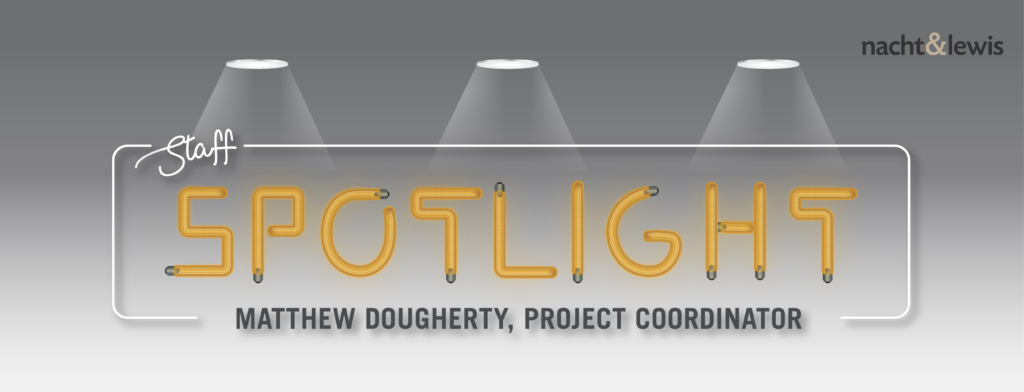Nurturing Our Mental Health
Since 1949, May has been recognized as Mental Health Awareness Month by the Mental Health Association (MHA). In order to bring awareness and decrease the stigma associated with the mental health challenges, each year the MHA creates a free toolkit that focuses on improving everyone’s mental health and increases resiliency no matter what situation they are dealing with. These tools are useful now more than ever because of COVID-19. We understand that COVID-19 has affected our economy, daily routine, and ultimately our well-being. Although, some may not have been directly affected with the virus, there has been an impact on others mental health. Taking care of ourselves during this time goes beyond simply washing our hands and wearing masks, we must take action to ease our minds and proceed to the future with a clear head space.
We asked our team on how they are being proactive with boosting their mental health stability. Some are keeping active with exercise challenges, others are reading books that they never had the chance to finish, however, a majority of our team is passionate about gardening. Gardening takes us outside and allows for a calming environment to nurture our plants. Similarly, the ease and serene atmosphere of gardening is what we try to evoke when designing for our healthcare facilities.
In light of mental health awareness month, we are reminded of how important it is to build facilities that promotes the health and wellness of patients living with behavioral health issues. We are passionate about creating spaces with natural light and air and being mindful of the presence of warm and cool tones.
When designing behavioral health facilities, it is important to create spaces that promote social activity, where people can interact in the presences of natural light as it aids in stress reduction, anxiety and depression. Research has shown the implementation of biophilic design principles reduces stress, blood pressure levels and heart rates in people while increasing productivity, creativity and self-reported rates of well-being. It is a great concept that increases our connection to the natural environment by incorporating direct/indirect elements of nature, in the form of patterns, textures and building elements to further increase a sense of place. Design considerations include textures such as wood, sky, water, and leaves to create a direct mental connection to nature.
Although Mental Health Awareness month is coming to an end, it is important to remember the resources are available year-round. To download the Mental Health Toolkit, please visit: https://www.mhanational.org/mental-health-month.




